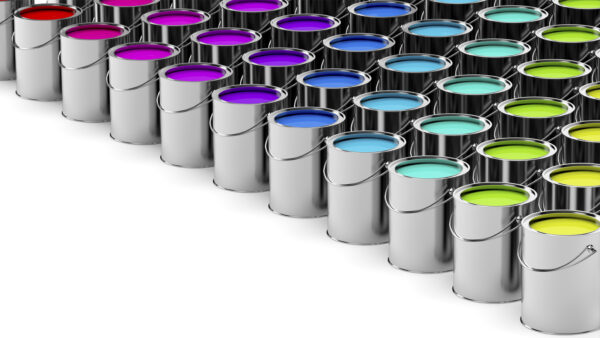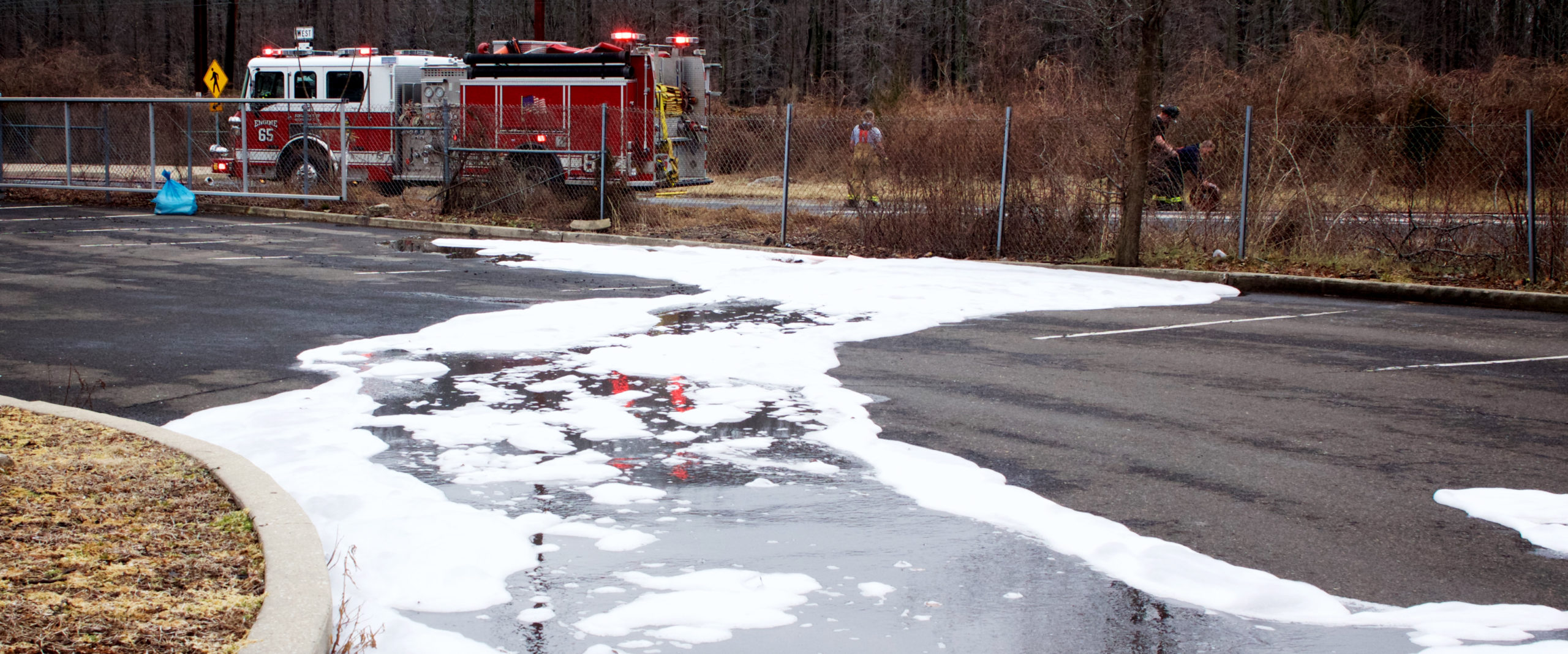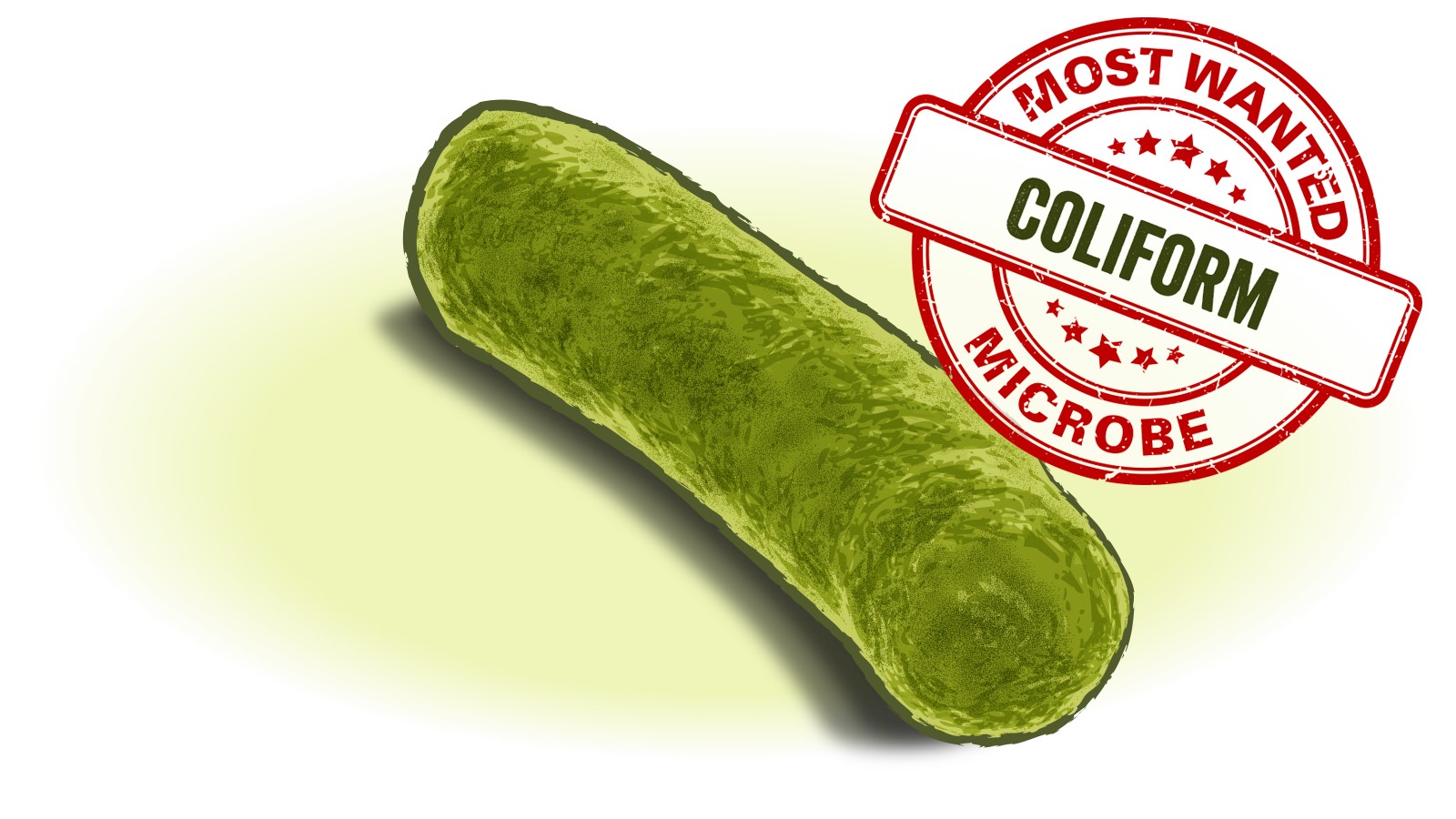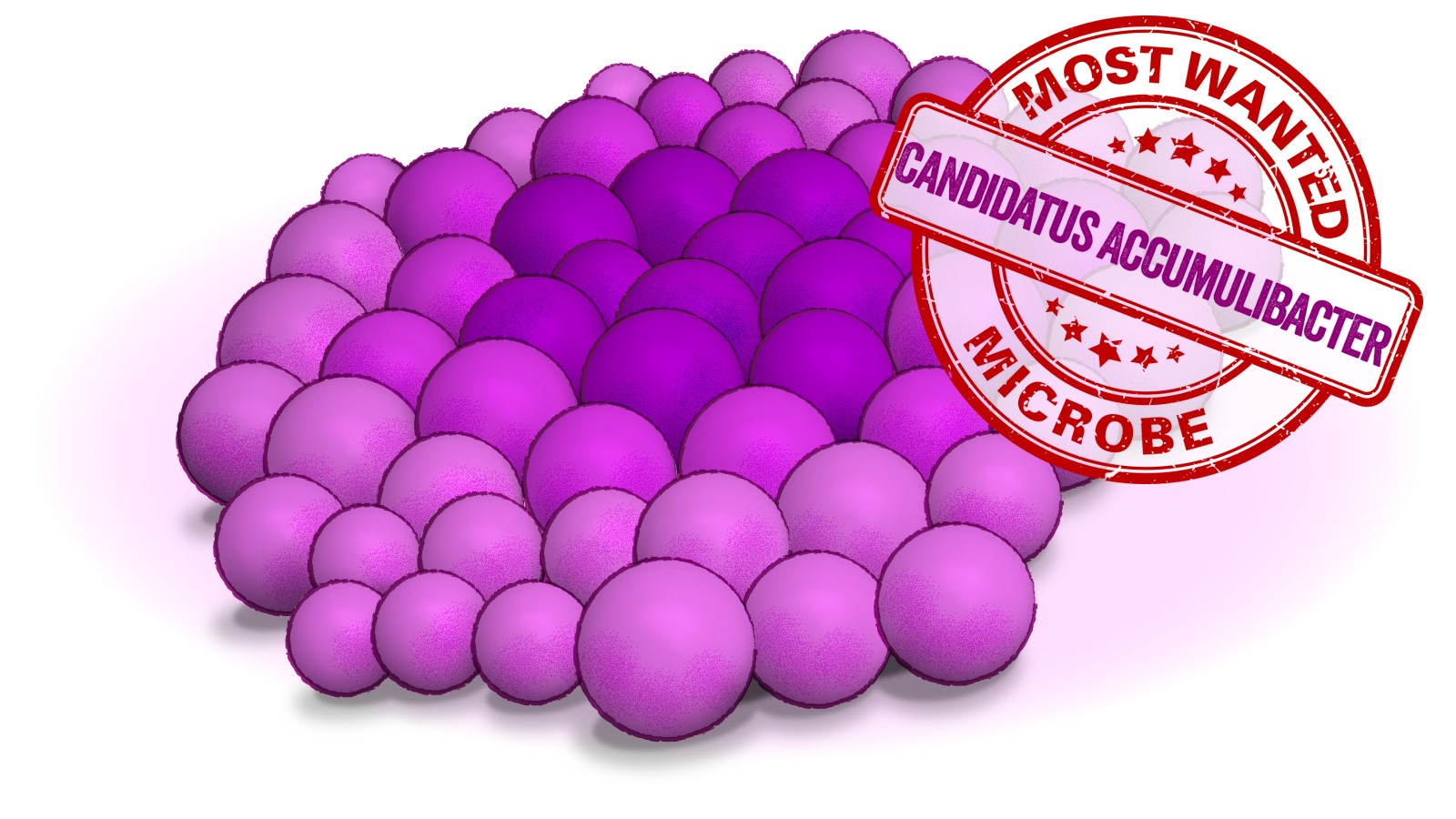Painting is a hobby for some and a tortuous task for others. Regardless of where you fall on that spectrum, nobody likes it when paint smells. If you’ve never had the experience of opening up a can of paint and being hit with a rotten egg smell, consider yourself lucky.
Paint and other chemical products are made from raw materials such as pigments, fillers, latex, and of course, water. Regrettably, wherever water goes, microorganisms will follow, and that makes water-based chemical products an excellent environment for microbes to grow.
Microbial contamination of chemical products can occur at all stages of the manufacturing and distribution process. Common sources of contamination include the raw materials, process water, and the manufacturing facility’s tanks and equipment. If microbes find their way into a chemical product that has insufficient preservative, the population can grow and cause a number of issues. Because the product is sealed within an oxygen-free environment, it enables the growth of anaerobic bacteria such as Sulfate-Reducing Bacteria. These microbes, which also cause microbiologically influenced corrosion, create hydrogen sulfide gas – otherwise known as rotten egg gas. Unfortunately, the problems aren’t limited to bad odours, as microbial contamination can also present a human health risk and cause other defects, such as discolouration, reduced viscosity, and swelling of the can.
If contaminants are not identified early enough, then it can lead to costly product recalls, whereby the manufacturer must work with retailers and their customers to return and replace the spoiled product. Ultimately, this can end up costing hundreds of thousands of dollars in replacement product and freight charges, and damage a company’s reputation.
Prevention starts with screening raw materials for microbiological content and testing product throughout the manufacturing process to ensure good housekeeping is maintained. The best tools are ones that capture all potential contamination and return results on-the-spot, such as the 2nd Generation ATP test. This ensures that microbes don’t have the opportunity to grow and contaminate the process and final product.
Between reliable and accurate monitoring tools, best-in-class knowledge and support, and revolutionary software products, we can help you create guidelines to keep your manufacturing process clean, from raw materials to final products.









